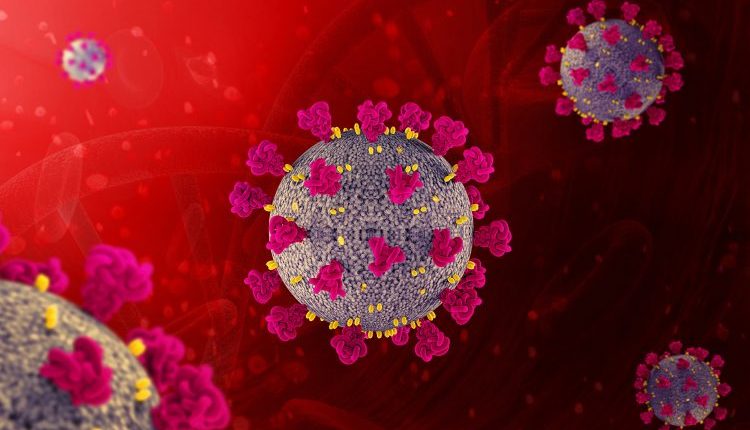The COVID-19 pandemic is continuing to have drastic impact globally. And even though the erstwhile epicentre in Mainland China appears to have partially recovered and mostly contained, it is now Europe and the US that are facing the heat. But it isn’t all dim, as scientists have been working hard to develop techniques to somewhat slow the spread.
In the absence of any viable cure, medical personnel has focused on zeroing on positive cases and isolating them to arrest the transmission. But, the strain is a novel one, hence scientists have had to develop testing techniques from scratch. The problem with that is the time frame on the results. Initial tests provided results in a few days, which was brought down to a few hours, and now, a few minutes.
A team of researchers at the University of Oxford’s Engineering Science Department and the Oxford Suzhou Centre for Advanced Research (OSCAR) in China have developed a rapid testing technique for the COVID-19. The team, led by Prof. Zhanfeng Cui and Prof. Wei Huang, has successfully been able to reduce the testing time to about half an hour- over three times faster than the current method. In contrast, the present RNA tests employed for the detection of the virus gave the results in 1.5 to 2 hours. What makes the new technique unique is the ease of testing as it doesn’t require complicated instruments as was the case with previous tests.
Prof Wei Huang, lead of the research team says, “The beauty of this new test lies in the design of the viral detection that can specifically recognize SARS-CoV-2 (COVID-19) RNA and RNA fragments. The test has built-in checks to prevent false positives or negatives and the results have been highly accurate.”
“I am proud of our team that has developed a useful technology and can make a contribution in combating CoV-19, and we are very grateful to the hospital’s medical team led by Dr. Xizhou Sun, Dr. Xiuming Zhang and Dr. Dan Xiong for their part in testing this new technology,” said Prof Zhanfeng Cui, director of OSCAR.
While the test is rapid, it is also very sensitive, in the sense that patients in the early stages of infection can be identified sooner, potentially helping to reduce the spread of the virus. The technology only requires a simple heat-block which maintains a constant temperature for RNA reverse transcription and DNA amplification, and the results can be read by the naked eye. It uses a simple color change to identify the presence of the virus. A change from pink to yellow indicates a positive sample. Each test uses three vials, each with a different primer. A positive test would turn two vials yellow and leave one pink. This acts as a negative control to confirm the test is working.
The researchers claim the new test has been validated with real clinical trials at Shenzhen Luohou People’s Hospital in China. The hospital has used the test kits on 16 clinic samples, including 8 positives and 8 negatives, which have been confirmed by the conventional methods and other clinical evidence. The test results produced by the new detection kits had a 100% success rate.
The team is now working on developing “an integrated device”, that will allow the tests to be performed outside the laboratory, like clinics, airports, or even at home.
Earlier, a team from Melbourne had successfully mapped the response of the human body to the COVID-19. The patient showed mild symptoms and recovered soon after. Researchers say the findings could fast-track the development of a vaccine as the basic principle of a vaccine is to replicate or stimulate a body’s natural response to an outside entity.
Human clinical trials to test newly developed vaccines are also underway throughout the world as humanity mounts a full-blown challenge against the demon, which is COVID-19.
The Tech Portal is published by Blue Box Media Private Limited. Our investors have no influence over our reporting. Read our full Ownership and Funding Disclosure →






